|
Correct, in many parts of the world, the main component of sand is silica. In fact, silica is the second most abundant element on the planet – the most abundant is oxygen.
According to Wikipedia, silica is most commonly found in nature as quartz. Silica is astonishingly useful. It is the main ingredient in the production of glass and optical fibres. In food production it is used as an anti-caking agent in powdered foods like spices and non-dairy coffee creamer. It is even used in the manufacture of wine, beer and juice to help remove particles in the liquid. It aids the powder flow when tablets are formed and because of its natural absorbency, it’s used in cosmetics and toothpaste. And it makes great cat litter. So how do we get it? Silica, in the form of silicon dioxide, reacts with water in the soil to form small amounts of Orthosilicic Acid (OA) which plants can absorb. Some of the plants that contain a good quantity of silica are avocados, flaxseeds, onions, wheat, rice, cucumbers, alfalfa, beets, brown rice, leafy green vegetables, whole grains, bell peppers, soybeans, bamboo, and the herb horsetail. The problem is that we aren’t benefiting too much. The silica content in foods has diminished over the years because of over-production of land, food processing and the way we cook food. When plants absorb silica from the soil, it does not go to every part of the plant, it tends to be deposited in the parts which we remove, e.g. the outer part of grain which is shed prior to grinding the grain into flour. So why do we need it? Well, it helps to hold us together; silica is the key ingredient in collagen. Collagen makes up about 75% of the dermal layer of the skin and is responsible for its elasticity and resilience. As collagen decreases, wrinkles form, so silica slows down the skin’s ageing process. Internally, silica is one of the trace minerals that your bones must have to improve their strength and density. Bone tissue is composed of silica, along with calcium and magnesium, which gives it strength. Silica also helps to build healthy hair and nails. It is of benefit in high blood pressure, arthritic pain and for strengthening gums and teeth. Many people with muscular or skeletal problems will visit a physiotherapist or chiropractor who may insert acupuncture needles into various places on the body. Unless the therapist has training in Traditional Chinese Medicine, they are usually inserting the needles into trigger points as opposed to acupuncture points. Dry Needling:
A trigger point is a muscle knot. Muscles are made up of bands of fibres wrapped into bundles. If the fibres contract and knot, they are known as hyper-irritable spots. Because the muscle has become tightened, it is unable to lengthen and contract like healthy muscle tissue. This in turn, can pull on tendons and ligaments associated with the muscle and can cause pain in the related joint. Stretching a muscle with a heavily contracted trigger point can further damage the ligament or tendon by tearing it. When muscle fibres contract, they use biochemical energy, and depletion of these biochemicals can lead to the accumulation of toxins, such as lactic acid. The tightened muscle fibres constrict capillaries and prevent them from carrying off the fatigue toxins to the liver and kidneys for recycling. Clusters of trigger points are not uncommon in larger muscles. A key trigger point is one which refers pain along a nerve pathway and treatment of this trigger point can resolve satellite points. There are more than 600 potential trigger points which tend to occur in the same place in human muscles, so trigger point maps have been created, providing accurate advice on treatment. Trigger points in the sternocleidomastoid muscle, for example, can lead to dizziness and nausea as well as symptoms which appear primarily in the head and face. Migraine, sinus headache and inner-ear problems can be due to trigger points in this muscle. In the muscles, there are special receptors called nociceptors. The nociceptor associated with trigger point pain becomes activated when the needle is inserted. It is believed that the pain experienced with this procedure increases a person’s pain threshold, leading to a decrease in pain. The muscle, too, will decrease in tone as a result. In my experience, dry needling can be very painful! Acupuncture on the other hand, is not painful at all, just sometimes, slightly uncomfortable. Many people with muscular or skeletal problems will visit a physiotherapist or chiropractor who may insert acupuncture needles into various places on the body. Unless the therapist has training in Traditional Chinese Medicine, they are usually inserting the needles into trigger points as opposed to acupuncture points. Acupuncture: Acupuncture traces its history back at least 8000 years. Acupuncture points are chosen along energetic pathways called meridians. Each meridian has a specific path and is named according to an abdominal organ. Although the meridians are seen as separate, they do in fact run in a set sequence, so a point worked on one meridian can have an effect on another meridian and its associated internal organ. Every meridian has a superficial and a deep branch. Acupuncturists (and shiatsu therapists) access the superficial flow indicated by the solid line. Each meridian has a number of points along its length which have specific actions and functions. For example, on the palm is a point which calms the mind and aids in falling asleep. Because each meridian is connected to a specific organ, working points on the meridian can assist with imbalances of the associated organ. For example, a tight chest, asthma or inability to “let go” emotionally can be treated by working Lung 7 on the wrist. Points are named according to the location and organ name. Lung 7 is the 7th point along the Lung meridian. The subject of Traditional Chinese medicine is vast and intricate, and many years of study are required in order to become proficient in this modality. Understanding the complex relationship of the organs with emotions, flavours, seasons, time of day, voice sounds, and sense organs is an exciting adventure.  Are you one of those people who carry your tension in your shoulders? I am, and it speaks volumes about who we are. In Applied Kinesiology and Meridian Diagnostics, the upper trapezius muscle is related to the kidneys. In Traditional Chinese Medicine (TCM) the negative emotion of the Kidneys is fear. What this means, in reality, is that people whose shoulders are super tight are people who don’t easily delegate. They don’t trust others to do the job properly and feel that they need to do everything themselves. They “fear” that the job won’t be done properly, and they literally carry the world on their shoulders. I tend to rewash the dishes after my husband has done them, it takes every ounce of my strength to not do them! To be honest though, they usually do need to be redone anyway. In a stressful situation, other than the issue of the dishes, this becomes an area of weakness, so stress will tend to manifest here. We all have our areas of the body where we manifest our stress. A lady came for a massage once stating how stressed she was yet her back and shoulders were soft and malleable. She carried her stress in her stomach and had digestive problems. So, how do we live with this feeling of burden? I think that accepting the idea that we believe we need to do everything ourselves is a start; we can begin to question some of our decisions. Breath helps to release tension beautifully. Breathe in four to five times to the point where you’re almost taking a deep breath, but not quite, then breathe out. By the forth breath, when you feel that you really need to take that deep breath, you’ll feel that your muscles begin to relax. This has something to do with carbon dioxide being a natural muscle relaxant. This is why people who are hyperventilating are given a paper bag to breathe in and out of. An effective by painful way to release tension is to squeeze the muscle. My daughter grabs the top of my shoulders, squeezes and shakes the muscle then releases it quickly. It’s not pleasant but the effects afterwards are good. Massaging the shoulders properly is different to sliding fingers over the skin, although this can feel quite nice. One needs to press the thumbs into the skin then rotate them around the muscle. My all-time favourite, though, is GB 21. This is the twenty first point on the gallbladder meridian and is situated right in the middle of the meat on both shoulders. After warming up the area through massage and rubbing, the thumbs are pressed into GB21 for four breaths. On the final out-breath the hands are removed, and the shoulders pressed down and out. Pressing this point has a strong downward energy and can make a person feel a little light headed afterwards but the relief felt in the shoulders is worth it. A vital consideration is that the point must be pressed with pressure and not with force. Force is painful whereas pressure feels pleasant. I often lean into this point with my elbows. I’ll probably still need to redo the dishes but I’m going to try to not let them weigh on me any longer. |
AuthorI've been fascinated in Traditional Chinese Medicine since the late '90s when my reflexology course introduced me to the meridians. Since then I've thoroughly enjoyed learning more about most things holistic. Archives
May 2021
Categories |
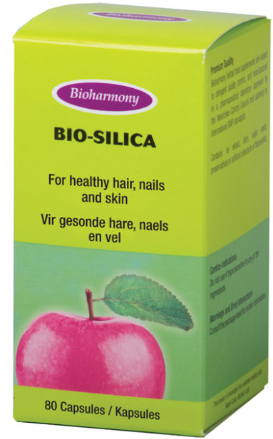
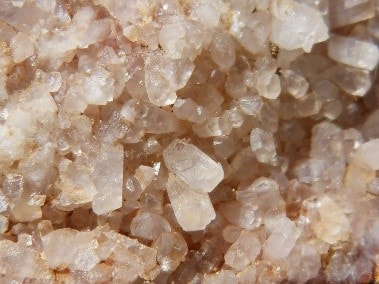
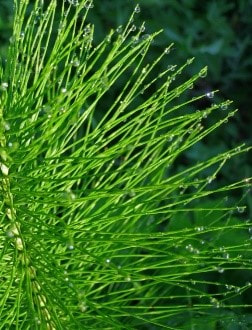
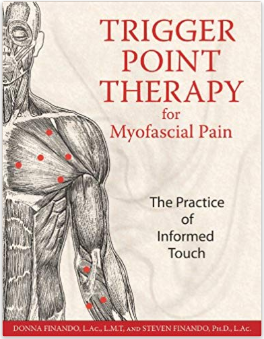
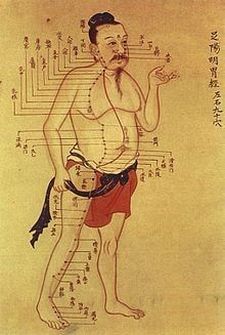
 RSS Feed
RSS Feed